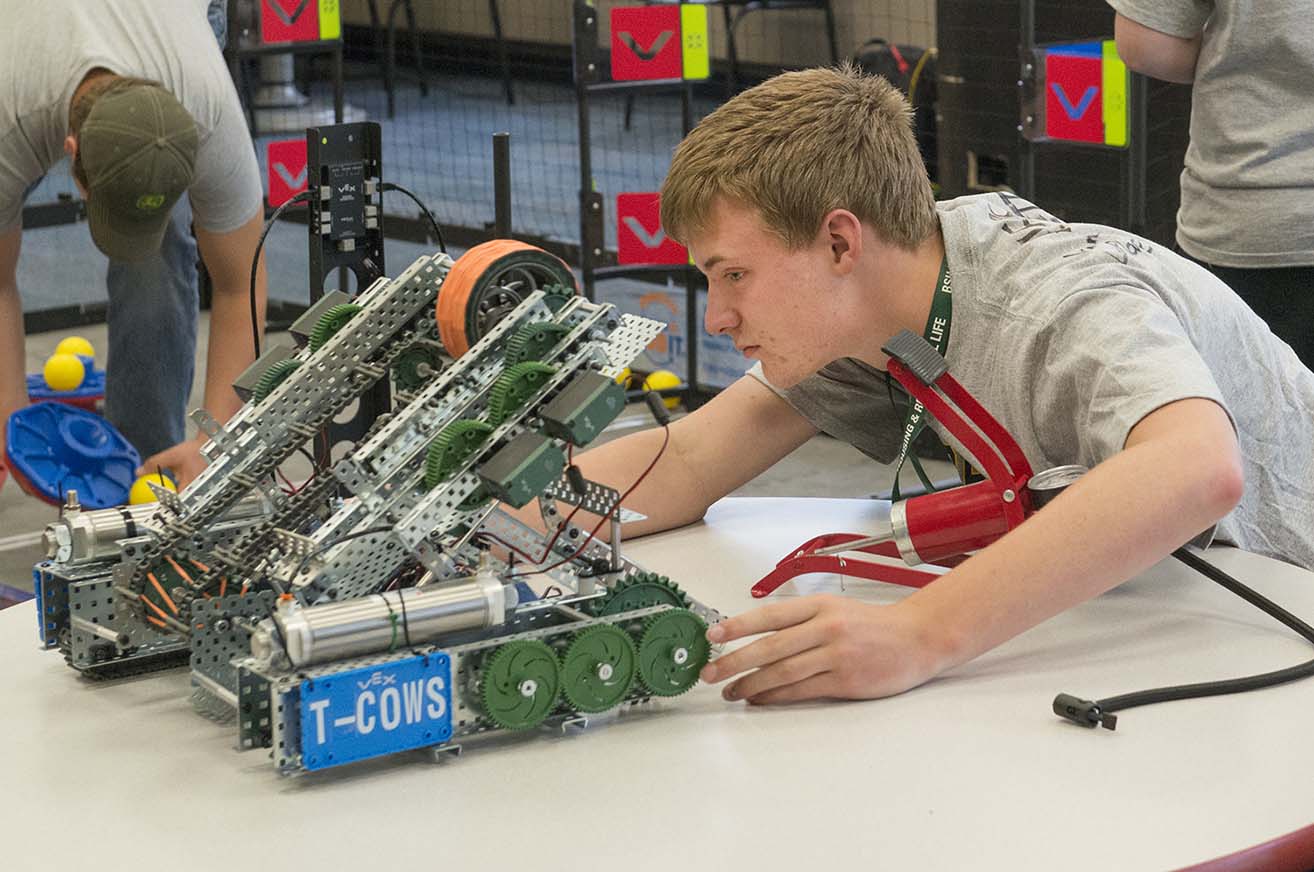
First robotics

VEX robotics

FIRST robotics

What factors effect the growth of highschool robotics teams the most? The aim of this project is to figure out what plays and does not play a role in the growth of robotics teams against two large, different organizations.
The Blue Alliance was our source for data about FIRST robotics teams. They track a variety of information about FRC teams and competitions in their API. We used this to identify the number of FIRST teams in each of the United States.

VexDB was our source for data about VEX robotics teams. They track a variety of information about VEX teams, events, among other things. We used this to identify the number of VEX teams in each of the United States.

The population data was obtained from the Statistical Yearbook(64th edition) that is released by NATO. The population was used to compare to the growth of robotics teams as well as other possible factors that could change the growth of robotic teams within each state.

The United States Census was used to get information about average income and average age of each state. This was used to see if there was any coorelation between these factors and the number of robotics teams in each state.
We found that there was the greatest coorelation between the number of teams and population, where, generally, higher population lead to more teams. The next strongest factor was income, where FIRST generally grew as average income grew, while VEX seemed to peak at a mid-range average income. This may indicate that FIRST has a more expensive buy in per team, like higher travel or robot costs, where VEX is stronger at a lower income, which may indicate a cheaper robot and competition model. Average age had the least impact, both FIRST and VEX seemed the highest at an older age group. This may indicate that more adult mentors are necessary for a team than interested students.